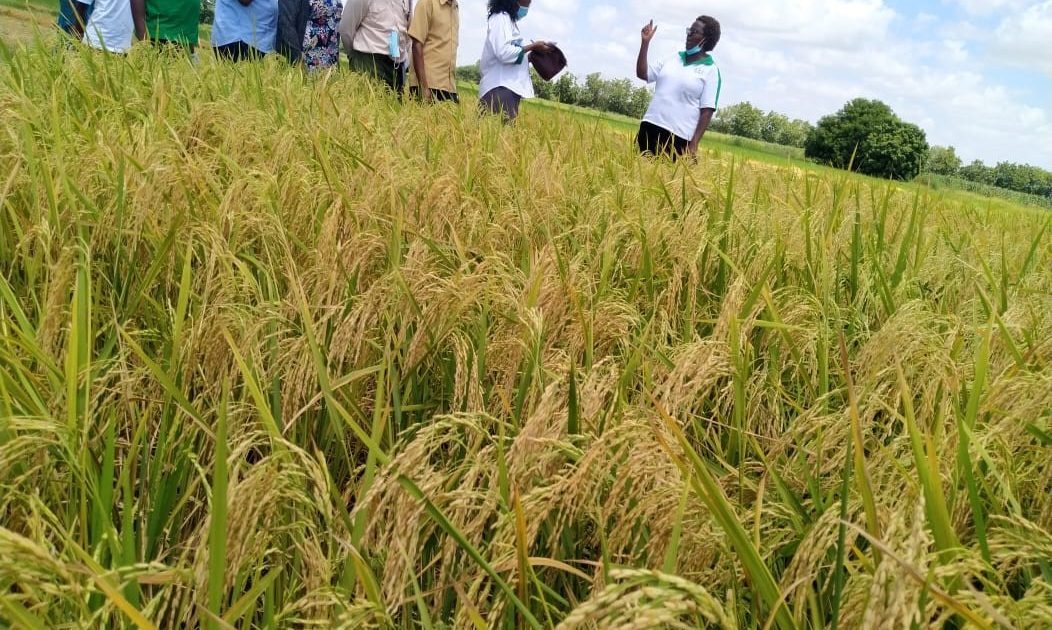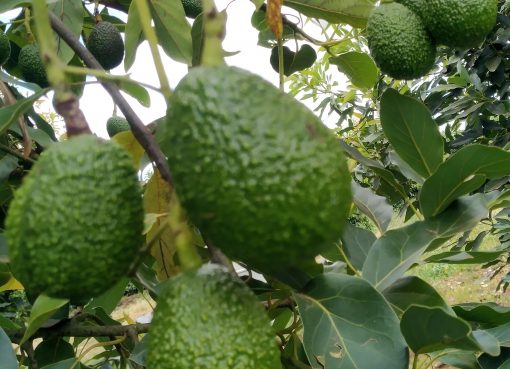Wheat farmers in Laikipia are calling on the government to set up storage facilities at local aggregation centres to cushion them from incurring post-harvest losses.
They decried the lack of aggregation centres in the county, noting that this has led them to incur post-harvest losses since the nearest storage facility was the National Cereals and Produce Board (NCPB) in Nakuru.
‘’We have over 30,000 bags of wheat in our stores. We need a good market and somewhere to store. If we had an aggregation centre, we could have waited for the prices to stabilize. We only depend on storage facilities in Nakuru, and they are at capacity,’’ lamented Margaret Ndung’u, a wheat farmer.
The farmers were speaking in Nanyuki during a Cereals Growers Association (CGA) meeting, where they noted that wheat farming was unbearable with no return amid the high cost of production.
According to Ms. Ndung’u, the current market prices were unfavourable to farmers as a result of the importation of wheat at low duty.
Kamweru Kinyua, a wheat farmer, reiterated that farmers were stuck with wheat that they were unable to sell, losing millions of shillings, a situation exacerbated by importation.
At the same time, they noted that the government had introduced a Local Purchase Programme under which the Kenyan millers are allowed to import wheat at a lower duty of 10 per cent instead of 35 per cent as per the Common External Tariffs of the East Africa Community.
Additionally, millers are required to purchase locally produced wheat at an agreed minimum price based on the cost of production, an initiative which farmers lamented was violated and millers prioritised imported wheat, hence calling on the government to solve the stalemate.
They noted that for the 2024 to 2025 season, the set minimum price of locally produced wheat was Sh5300 for grade one and Sh5200 for grade two for a 90-kilogram bag.
However, they complained that millers and brokers were buying their wheat grains at Sh3300 as opposed to set prices of Sh5300 and Sh5200 for grades one and two, respectively, by the Agriculture Food Authority and other wheat players in the sector, pointing out that it was way below the cost of production.
The farmers revealed that the cost of production per 90-kg bag was Sh3300 in Laikipia, which was a loss to them based on the prevailing market prices, with an acre costing Sh50,000 to produce the highly consumed product.
Rose Macharia, on her part, noted that wheat farming had offered job opportunities to the youth, but with poor market prices, they shy away from venturing into the sector to avoid incurring losses.
She added other challenges farmers faced included quelea birds’ infestation, which had led to at least 25 per cent loss of their harvest.
Based on a report from the Agriculture and Food Authority of Kenya, wheat is the second highest consumed cereal after maize.
The country produces less than 500,000 metric tonnes of wheat against the consumption rate of 1.7 million metric tonnes of wheat annually.
By Muturi Mwangi





